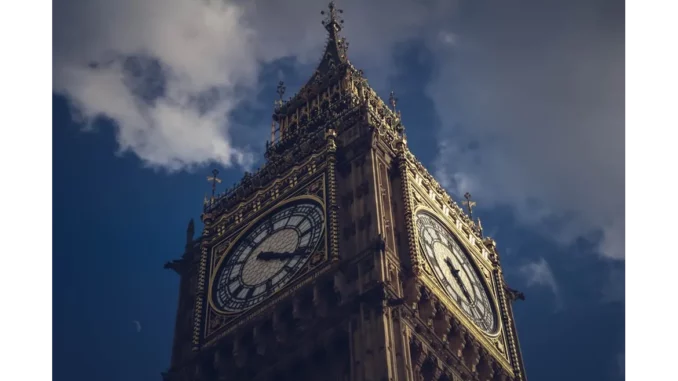
Recently, I had the opportunity to engage in a thought-provoking discussion with Emma, a seasoned architect specialising in sustainable design, regarding Historic England’s latest guidance on reducing carbon emissions. Emma’s insights were compelling, providing a detailed and nuanced understanding of how this innovative advice aims to offer clarity and foster consistent decision-making for heritage sites.
From the onset of our conversation, Emma’s enthusiasm for the subject was palpable. “This guidance is transformative,” she remarked, her eyes alight with passion. “For years, we have grappled with the challenge of preserving the historic fabric of buildings while urgently needing to reduce carbon emissions. Historic England’s new advice gives us a robust framework to navigate these complexities.”
Emma elaborated on the guidance’s comprehensive approach. “It’s not a matter of merely installing solar panels on a listed building,” she explained with a wry smile. “The advice delves deeper, covering everything from enhancing energy efficiency to using sustainable materials that are in harmony with the original structure.” She paused, reflecting on the guidance’s significance. “It’s about making informed decisions that respect the heritage of a building while propelling us towards a sustainable future. Achieving this balance is no small feat.”
Detailing the guidance’s structure, Emma noted its initial focus on understanding the historic significance of a building. “This is crucial because any intervention must be sensitive to what makes that building special. The guidance encourages a thorough assessment of the building’s character and the potential impact of proposed changes.” Following this assessment, the guidance offers practical recommendations. “For instance, it suggests prioritising energy efficiency measures that do not compromise the building’s integrity. This could include draught-proofing, secondary glazing, or upgrading heating systems—relatively unobtrusive changes that significantly reduce energy consumption.”
Emma’s dedication to heritage and sustainability was evident as she spoke about the importance of materials. “The guidance clearly emphasises the need to use materials that are both sustainable and suitable for the building. This involves considering factors such as the embodied carbon of materials and their long-term impact on the building’s fabric. It’s about making choices that are sustainable in every sense.”
One of the most valuable aspects of the guidance, in Emma’s view, is its emphasis on collaboration. “Historic England encourages stakeholders—architects, conservationists, engineers, and planners—to work together. It’s about bringing together different perspectives to find the best solutions. This collaborative approach is essential, ensuring that all aspects of a project are considered.” She recounted a recent project involving a Grade II listed building. “We needed to reduce its carbon footprint without altering its historic character. By adhering to the principles outlined in the new guidance, we implemented measures such as improving insulation and installing a more efficient heating system. The result was a building that met modern energy standards while retaining its historic charm.”
As our conversation drew to a close, Emma reflected on the broader implications of the guidance. “It’s about more than just individual buildings. It’s about setting a precedent for heritage conservation in the context of climate change. Historic England’s advice provides a clear pathway for others to follow, ensuring our heritage is preserved for future generations while addressing the urgent need to reduce carbon emissions.”
In Emma’s perspective, the guidance signifies a significant step forward. “It provides us with the tools and confidence to make decisions that are both responsible and respectful. In a world where the impacts of climate change are increasingly evident, this is more important than ever.”
Our discussion left me with a renewed appreciation for the delicate balance between preserving our past and safeguarding our future. Emma’s insights underscored the importance of thoughtful, informed decision-making in achieving this balance. As we strive to reduce carbon emissions and enhance sustainability, Historic England’s new guidance emerges as a beacon, illuminating the path for others to follow.


Be the first to comment